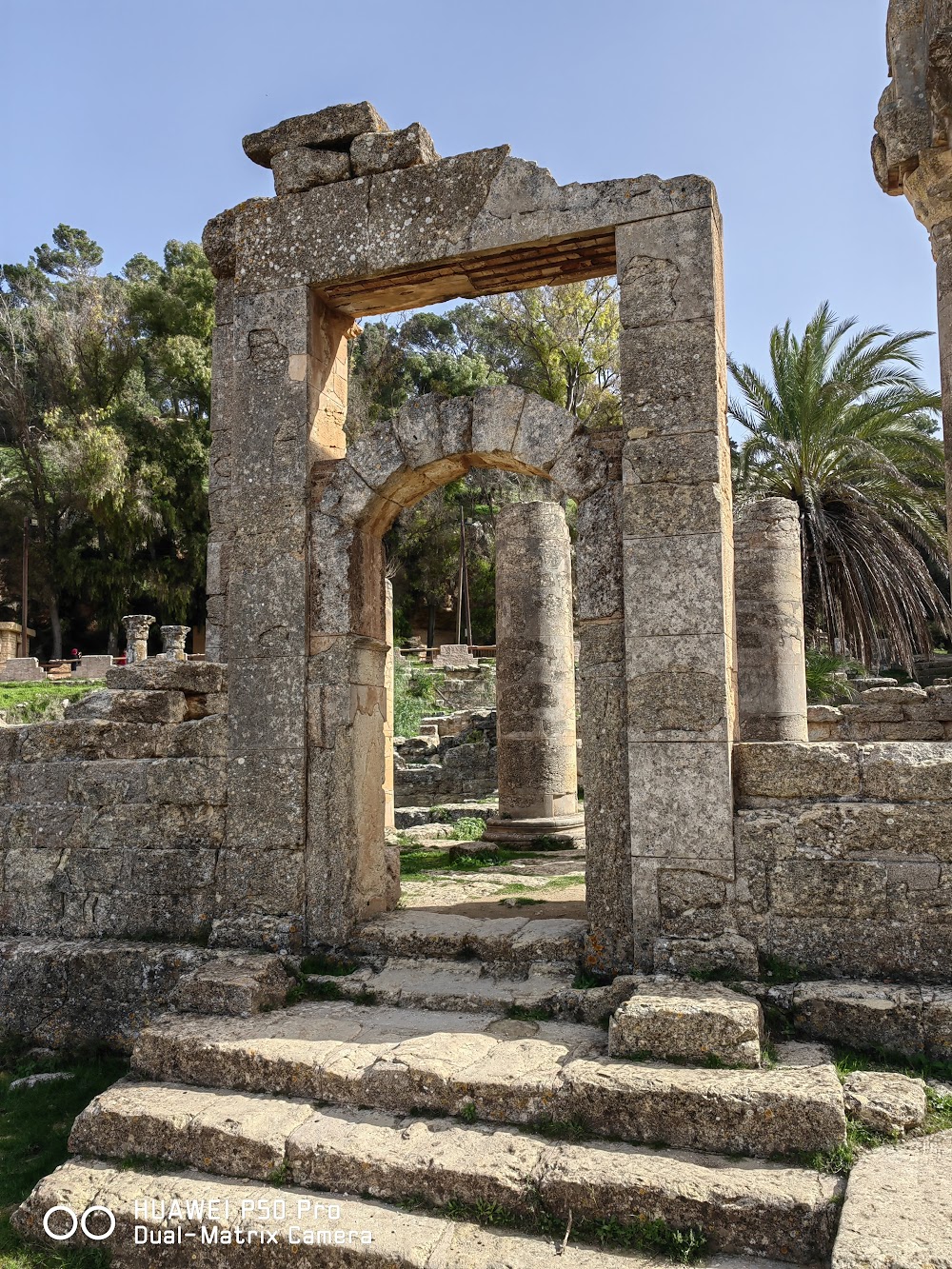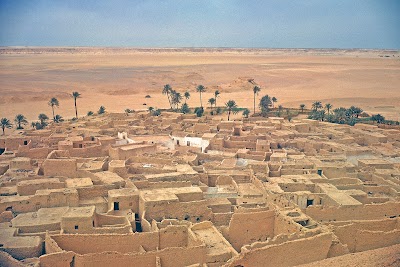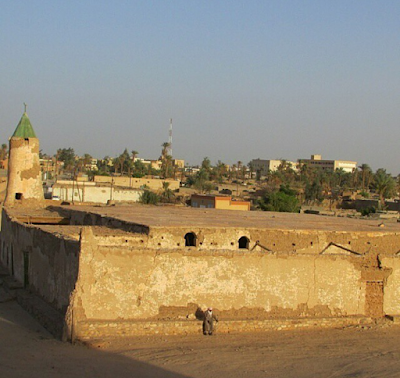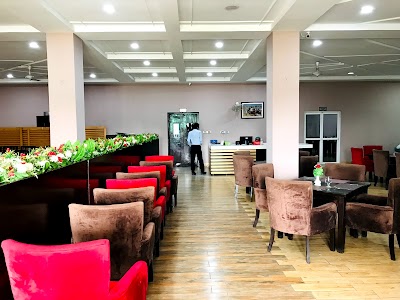Ajdabiya Monument (نصب أجدابيا)
Related Places
Overview
The Ajdabiya Museum, located in the picturesque Al Wahat District of Libya, is a captivating historical and cultural gem. Nestled within the city of Ajdabiya, this museum offers a glimpse into the rich tapestry of narratives that define Libya’s past. It serves as a vital resource for understanding the vibrant history and diverse cultures that have flourished in this region.
The museum was established with the primary goal of preserving and showcasing artifacts that reflect the historical events and cultural evolution of Ajdabiya and its surroundings. Driven by a shared commitment to celebrate local heritage, the building itself beautifully combines traditional and modern architectural styles. Its flowing lines and arches echo the surrounding desert landscape, creating a harmonious blend of old and new that invites exploration.
During its planning and construction, extensive research was carried out to ensure that the design was not only visually appealing but also respectful of the local cultural context. Skilled local craftsmen were brought on board to incorporate traditional techniques and materials, giving the museum an authentic touch that resonates with the community.
Inside, the museum is thoughtfully organized, guiding visitors on a chronological journey through the area’s history. The exhibits are carefully curated, showcasing a remarkable collection of artifacts from various eras. Visitors can admire ancient pottery, tools, and clothing, all of which vividly illustrate everyday life in historical Ajdabiya. Interactive elements throughout the museum engage visitors of all ages, making history accessible and enjoyable.
One of the museum's standout features is its dedicated section on Berber culture, which is significant in the region. Here, exhibits highlight the rich traditions, crafts, and customs of the Berber people, offering valuable insights into their enduring legacy. Another intriguing section focuses on more contemporary history, exploring the colonial era and its impact on the local population.
Moreover, the Ajdabiya Museum serves as an educational hub, offering programs and workshops tailored for schoolchildren and researchers alike. These initiatives foster a deeper understanding and appreciation of the area's heritage, promoting cultural awareness and continuity among younger generations, ensuring that Ajdabiya’s history remains vibrant and alive.
The museum has also evolved into a community center, hosting events and cultural festivals that bring residents together to celebrate their shared heritage. It is a welcoming space where individuals can gather to learn, share stories, and connect over their collective history, strengthening community bonds.
The establishment of the Ajdabiya Museum was a collaborative effort involving local authorities, historians, and community members. Their combined input and dedication were pivotal in bringing this project to life. Funding for the museum was acquired through a mix of public funds, donations, and international grants, reflecting a collective commitment to preserving the region's rich cultural heritage.
In summary, the Ajdabiya Museum in the Al Wahat District is much more than just a repository for artifacts. It stands as a beacon of cultural preservation and a cornerstone of community identity. Proudly guarding the history of Ajdabiya, it invites visitors to step back in time and explore the captivating and diverse stories that have shaped this remarkable city and its people.









